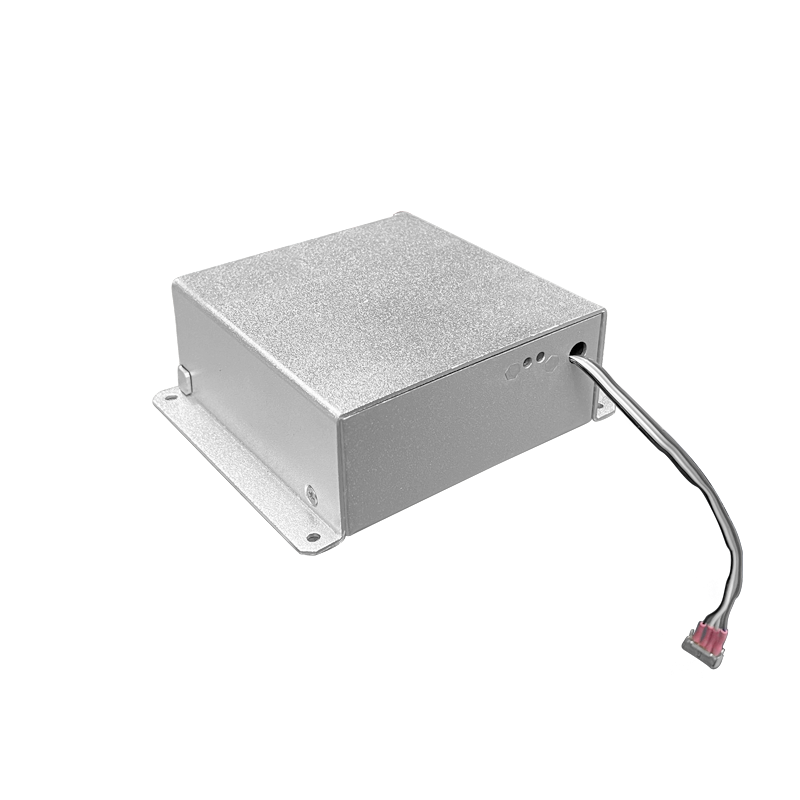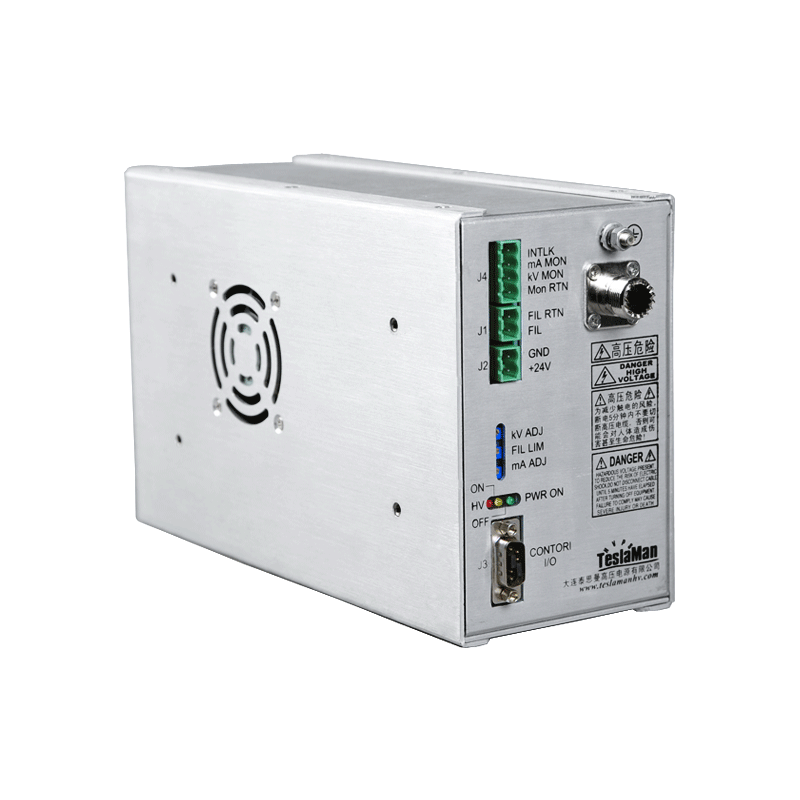Practical Exploration of High-Voltage Power Supplies for Electrostatic Flocking
The electrostatic flocking process utilizes a high-voltage electric field to charge and vertically adsorb fibers onto the surface of a substrate, creating a unique velvety texture. This technique is widely applied in various industries, including textiles, packaging, and decoration. In this process, the high-voltage power supply, as the core equipment, directly determines the quality of flocking and production efficiency. Through in-depth analysis of the process requirements and technological practices, significant optimizations have been achieved in the output characteristics, safety protection, and energy-saving control of high-voltage power supplies.
1. Optimization of High-Voltage, Low-Current Output Characteristics
The high-voltage electric field required for electrostatic flocking typically ranges from 50 to 100 kV, while the actual operating current is only in the milliampere range. Traditional high-voltage power supplies struggle to maintain stable output under such extreme voltage-to-current ratios. To address this issue, a combination of series resonance topology and pulse width modulation (PWM) technology is adopted in practice. The series resonance topology reduces the internal resistance of the power supply by adjusting circuit parameters, minimizing reactive power losses. The PWM technology precisely controls the conduction time of switching devices, keeping the output voltage ripple coefficient within 1%. Experiments show that with an 80 kV output, the optimized power supply has a current fluctuation range of less than ±5 mA, effectively preventing problems such as fiber 倒伏 or uneven distribution caused by voltage instability.
2. Construction of Intelligent Safety Protection Systems
Given the high-voltage operations involved in electrostatic flocking, safety protection is a crucial aspect of practical applications. New-generation high-voltage power supplies integrate multi-level intelligent protection mechanisms: First, contact-based power-off protection is implemented. When a human body or conductive object approaches the high-voltage area, an infrared sensor triggers, and the system cuts off the power within 10 ms. Second, automatic overvoltage and overcurrent suppression is enabled. High-precision Hall sensors monitor output parameters in real-time, and once abnormalities are detected, voltage and current limiting measures are immediately activated. Third, insulation fault warning utilizes partial discharge detection technology to identify insulation defects in high-voltage components in advance, reducing equipment failure risks by over 80%.
3. Energy-Saving and Process Coordination Control
To balance production efficiency and energy consumption, intelligent transformations have been made to high-voltage power supplies. Through fuzzy adaptive control algorithms, the power supply can automatically adjust the output voltage and frequency according to flocking materials (such as fiber length and substrate conductivity). For example, when flocking short fibers, the power supply reduces the output voltage by 10 15% and increases the pulse frequency, reducing energy consumption by approximately 18% while maintaining flocking quality. Additionally, the power supply features process parameter recording capabilities, storing data such as voltage, current, and flocking time in real-time. This data analysis helps optimize the production process and improve product yield.
4. Improvement of Complex Environment Adaptability
In actual production, electrostatic flocking workshops often encounter complex conditions such as high temperatures, high humidity, and dust. High-voltage power supplies enhance their environmental adaptability through optimized heat dissipation structures and protective designs. A composite heat dissipation solution combining heat pipe cooling and forced air cooling ensures continuous and stable operation even at an ambient temperature of 50°C. The housing is designed with an IP65 protection rating, effectively resisting dust and moisture. Moreover, electromagnetic shielding layers are added to reduce electromagnetic interference to less than half of the standard limit, preventing interference with other equipment in the workshop.
The practical exploration of high-voltage power supplies for electrostatic flocking is a typical example of technology innovation driven by process requirements. Through continuous optimization of output characteristics, safety protection, and energy-saving control, high-voltage power supplies not only meet the high-precision requirements of modern flocking processes but also bring significant economic benefits and safety guarantees to production enterprises. With the continuous emergence of new materials and processes, the application of high-voltage power supplies in the field of electrostatic flocking will witness more technological breakthroughs and practical innovations.




















